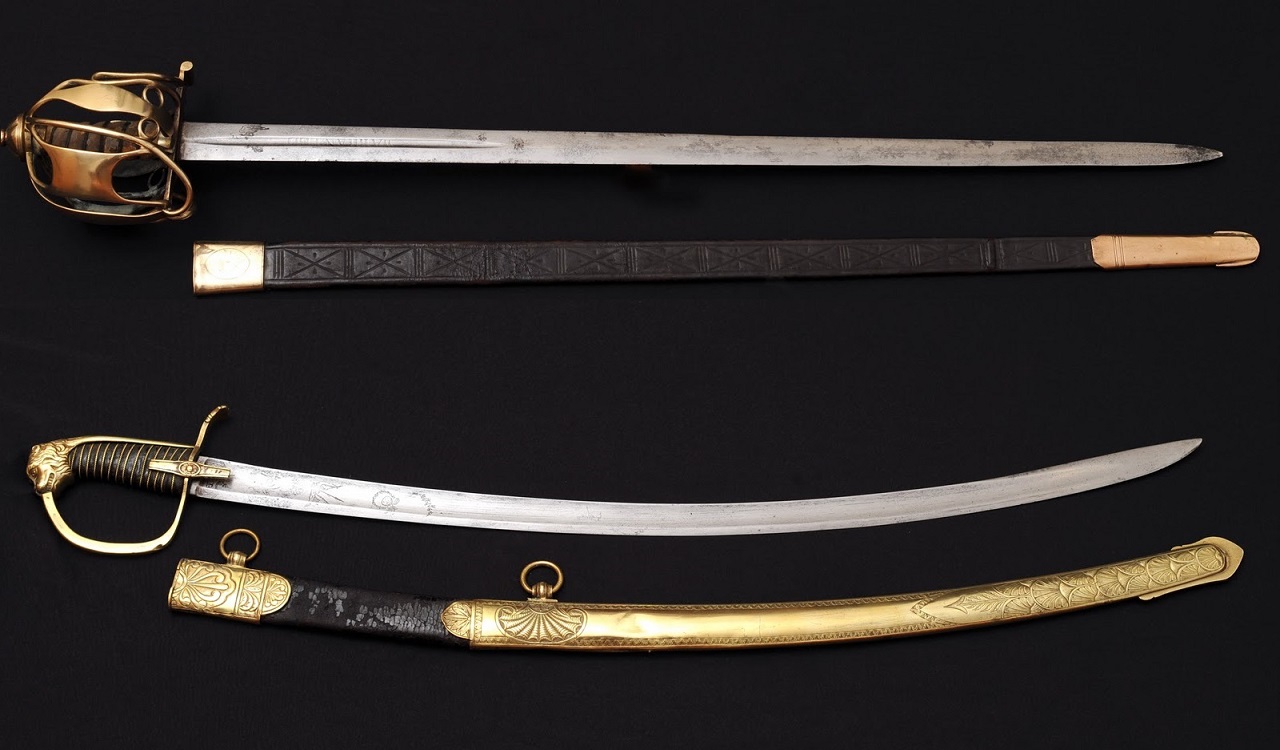I mean that I don't view DND as using specialist jargon for it's weapons, so the difference between most of these swords is altogether meaningless without the cultural context of European History, and therefore meaningless on Krynn, or in the realms, or in Pantheon, or wherever else you might play) so a rapier in DND, probably ambiguously includes cutlasses, longer varieties of sabre, epee, and so forth.
In the same way I would probably have someone wielding falcutta use the stats of a scimitar, or someone wielding a wakizashi use the stats of the short sword... or the scimitar, really. If I didn't like the mechanical niche of the homebrew katana rules we use (1d6/2d4 versatile, finesse- GWF for finesse characters with a drawback) it would be a longsword, even though they are very much different swords.



